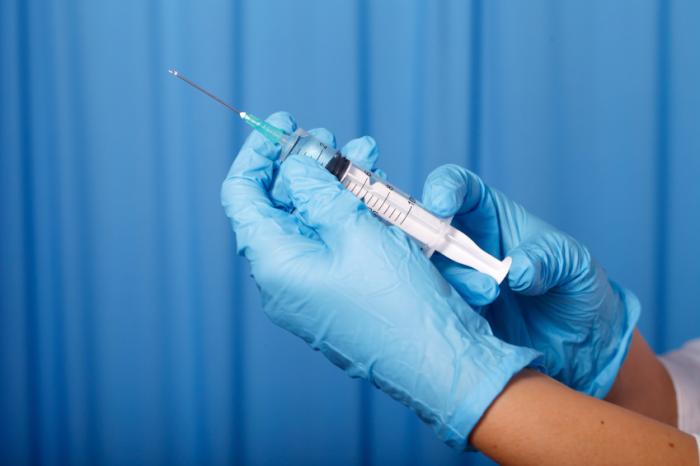Trauma to the upper or lower limbs is a common cause of peripheral nerve damage. Accidents, injury and conditions such as diabetes and chronically high blood pressure are also common causes of peripheral neuropathy nerve damage. Patients’ quality of life can be severely impacted by the effects of injury or unsatisfactory nerve regeneration, which causes loss of sensation, pain and the possibility of amputation. Here we ask Manchester Biogel how synthetic peptide hydrogels could achieve nerve repair.
The Past
Treatment options to restore nerve function have been limited to autologous nerve grafting. Currently, the treatment methods rely on transplanting nerves from a different functioning area of the patient’s body to the injury site. This autografting is certainly not without risks, not just from the donor’s nerves failing to graft appropriately but the high chance of loss of feeling or morbidity at the donor site. Patients can continue to be left in pain, with impaired sensation both for the original trauma and where the donor’s nerves are removed. Motor-sensory functional outcomes need improvements which a leading surgeon and his team are working to happen.
The Challenges
Traditional regenerative approaches have required the growing of cells involved in nerve repair in vitro before being implanted into the patient. Schwann cells (SCs) are the key; however, they need harvesting from healthy patient nerves in sufficient quantity to be successful, a method that increases the chances of donor site morbidity.
An alternative approach is to extract and expand human derived-adipose stem cells (hdASC), which are more readily available from body fat tissues and chemically differentiate them in vitro towards the Schwann-like phenotype. Dr Adam Reid, a Senior Clinical Lecturer at The University of Manchester, Consultant Plastic Surgeon and Reconstructive Surgeon at University Hospital of South Manchester, leads a team looking at the effects of using synthetic PeptiGels to provide the required novel translatable biomaterials.
The Future
Fully bioengineered nerve grafts have demonstrated a capability to exploit the use of synthetic peptide hydrogels to create synthetic nerve regeneration scaffolds. Dr Reid and his team compared the performance of animal-derived collagen I with Self-Assembling Peptide Hydrogel Matrices. The results demonstrated that PeptiGels, Alpha1 and Alpha2 could be used successfully as scaffolds for the differentiation and culture of hdASCs in vitro towards the Schwann cell-like phenotype required.
Continuing testing explores the potential of PeptiGels to generate fully-synthetic bioengineered nerve grafts to treat peripheral nerve injuries. Previous chemically stimulating hdASC lost vital properties when chemical stimulation was withdrawn, making survival rates on transplantation low. PeptiGel Alpha2 showed long-term culture success of 20 days and higher stability compared to collagen I. Both Alpha1 and Alpha2 were used to show suitable cell attachment and functional neurite sprouting for rat dorsal root ganglia (DRG) culture, even in the absence of a laminin coating.
The next step is to use the proven capability of PeptiGel Alpha 2 to deliver cells for regenerating peripheral nerves to bioengineer nerve grafts in small animal trials.
The creator of PeptiGels used in the trials says their peptide hydrogel mimics the cell microenvironment with no preparation required before use. Their service offers bespoke design of wholly tenable synthetic hydrogels with mechanical and chemical functionality. Both PeptiGels and PeptiInks can be used at room temperature to get results. Hydrogels are optimised to be biologically relevant and to support both 2D and 3D cell culture, bioprinting and drug discovery in addition to tissue regeneration.
The synthetic hydrogels are highly reproducible, enabling scaffold cell culture to be more readily available. With no batch to batch variability, reliable and consistent results can be achieved every time, with the certainty that synthetic peptide hydrogels are animal and disease-free.
